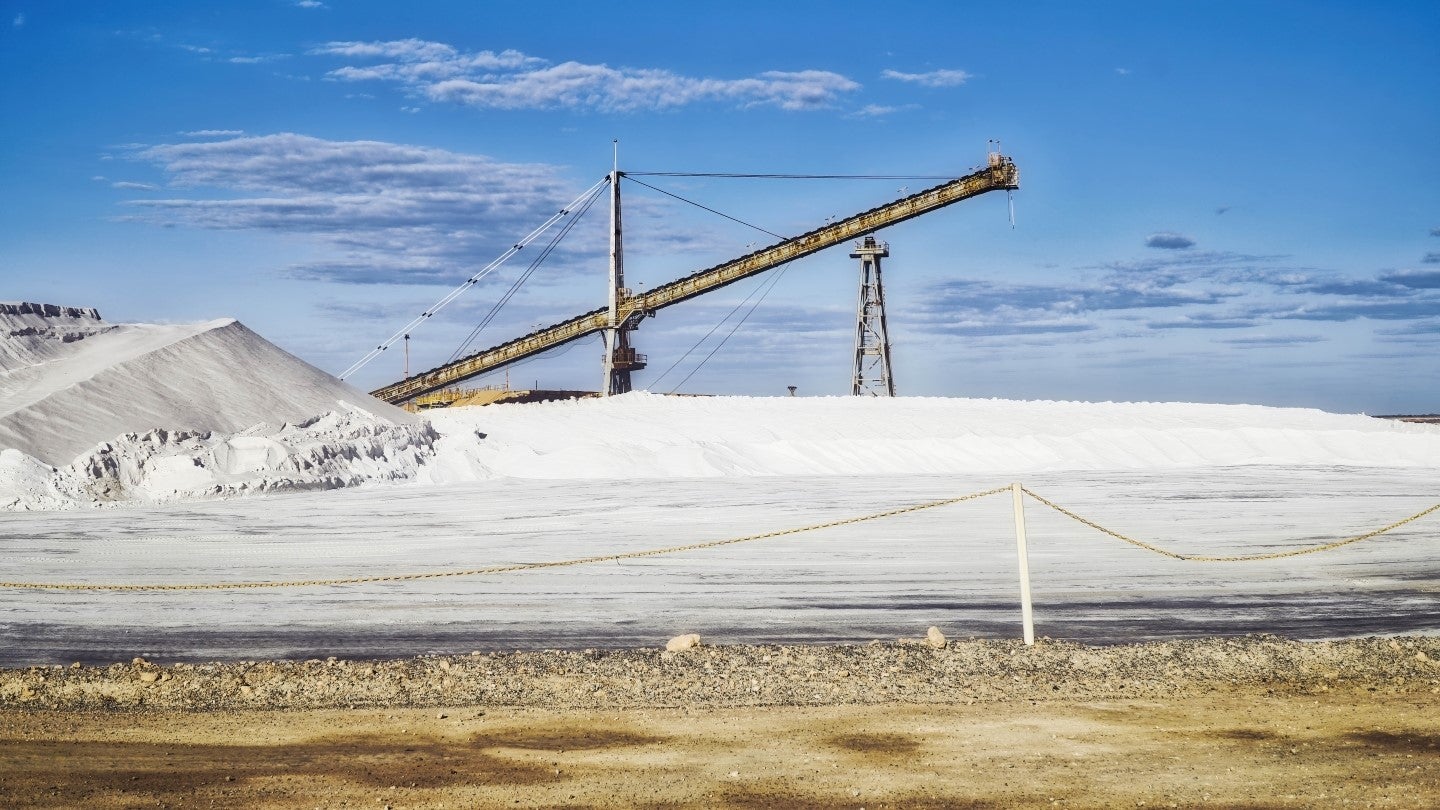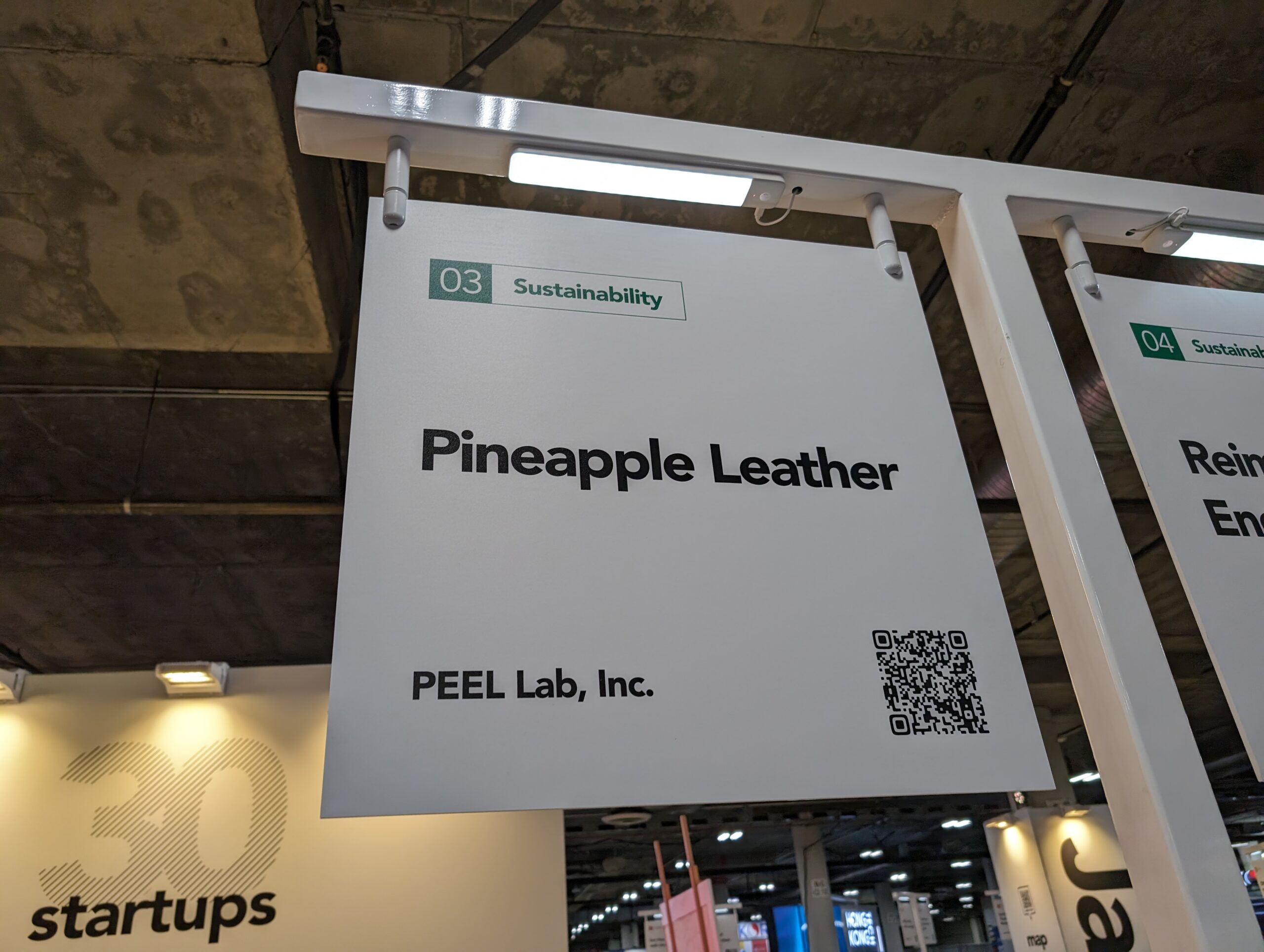Sign up for daily news updates from CleanTechnica on email. Or follow us on Google News!
Electric vehicle sightings are a dime a dozen in many parts of the US, just 12 years after Tesla launched the first mass-marketed, zero emission sedan of the 21st century. Now it’s time for other, bigger pieces of the transportation electrification puzzle to fall into place. That includes locomotives, the monstrous pieces of machinery that pull trains as long as a mile or more. After a long, slow start, railway stakeholders are finally getting a leg up from the 2021 Bipartisan Infrastructure Law.
It Takes A Very Large Electric Vehicle To Move Rail Freight
To be fair, the nation’s railway stakeholders are not the only ones lagging behind the electric vehicle curve. Progress has also been slow on electrifying heavy-duty class 8 trucks for the road-based freight hauling industry. Two high-profile ventures, the Tesla Semi and the Nikola Tre (offered in both battery and fuel cell electric versions), have been touted for years without breaking into high-volume production.
On the bright side, activity has been picking up in recent months, with other electric truck stakeholders joining the zero emission movement. That includes PACCAR, Daimler Truck North America, and Cummins’s zero-emission branch Accelera, all three of which are backing a new electric vehicle battery factory in Mississippi. The new facility is expected to produce LFP batteries for trucks by 2027.
As for rail freight, the electrification challenge is more acute because today’s freight locomotives are tasked with hauling extremely long trains. “In 2023, the median length of a train on Class I railroads — meaning half were longer, half were shorter — was 5,300 feet,” states the Association of American Railroads. AAR further notes that only 10% of trains topped 9,600 feet in 2023, with less than 1% coming in at more than 14,000 feet. Either way you slice it, hauling those trains takes considerably more power than a Class 8 truck hitched up to just one or two trailers.
As one indication of the difficulty involved in electrifying freight locomotives, the Pennsylvania-based firm Wabtec launched its signature FLXdrive battery electric locomotive back in 2021, moving freight on a 139-mile route from Pittsburgh to the Ohio town of Conneaut. However, the new locomotive was only one-third of a three-part set that included two diesel locomotives as well. Even though the train fell short of full electrification, Wabtec anticipated a respectable 30% drop in emissions overall.
World’s Largest Electric Vehicle, On Rails, Coming Soon
Wabtec has since gone on to market the FLXdrive electric locomotive, complete with regenerative braking, to the mining firms Rio Tinto and Vale, among others, with diesel-fueled locomotives continuing to lend an assist where needed.
Another US firm front and center in the electrification movement is the Progress Rail branch of Caterpillar. The company’s EMD Joule electric locomotive surfaced on the CleanTechnica radar in 2022, after the company inked a 10-locomotive deal with Union Pacific for the EMD Joule.
Progress bills the EMD Joule as the “world’s largest battery electric vehicle.” In terms of bulk, that may be open to some debate when off-road mining trucks are included in the conversation. However, the claim appears to hold up when battery capacity is the focus of attention.
“Available as new build or repowers, EMD® Joule locomotives range in battery capacity from 0.5 to 14.5 MWh to support a wide range of railway operations,” Progress explains.
On its website, Progress Rail also notes that the EMD Joule is “coming soon,” which means that Union Pacific may have to wait a bit longer to receive that 10-locomotive order. Rail industry news organizations have noted that an EMD Joule switcher locomotive underwent a series of real-world tests at a railway test facility in Pueblo, Colorado, just last spring.
Rail Electrification: Help Is On The Way
To some extent, the US locomotive fleet already has a headstart on electrification, because most locomotives run on electric drive, with power supplied by on-board diesel generators. To pick up the pace of full electrification, the US Department of Transportation has been deploying funds from the Bipartisan Infrastructure Bill. The funds are disbursed through the federal Consolidated Rail Infrastructure and Safety Improvements matching grant program.
The grant program prioritizes smaller, short-line rail systems with a focus on rural economic development. It covers a broad range of railway system upgrades, including workforce development as well as track improvements, bridge replacements, and the like. In the latest round of funding, the Federal Railroad Administration branch of the Transportation Department parceled out matching grants totaling $2.4 billion among 122 projects in 41 states and Washington, D.C.
“These projects will make rail safer, more reliable, and more resilient, getting goods and people where they need to be quickly with fewer disruptions, lower shipping costs and less pollution,” US DOT explained in a press release dated October 29.
So far, the funding program has only awarded a handful of electrification projects, but these could help set the stage for further investment, including repowering projects as well as new builds.
In Arizona, for example, an outdated diesel locomotive will be repowered as a battery electric vehicle to ferry visitors around Grand Canyon National Park. The route planning allows for the train to complete its trip without needing to recharge, while zeroing out diesel emissions and reducing noise in the park, to boot.
California railway stakeholders won several different grants, including funds to help replace a batch of 10 diesel locomotives with electric locomotives. Five of the replacements will go to the Pacific Harbor Line, and four will go to the transportation services firm Watco. The 10th replacement is a hydrogen fuel cell electric vehicle for the Sacramento Valley Railroad.
More Than One Way To Get An Electric Vehicle On The Rails
An entirely different approach to railway electrification is illustrated by the startup Parallel Systems, which has come up with a system that treats individual rail cars as electric vehicles. Each car can operate independently, like an electric vehicle, or they can platoon like a conventional train. Parallel is getting an assist to fine tune its technology from the National Renewable Energy Laboratory and other stakeholders.
Meanwhile, the Consolidated Rail Infrastructure and Safety Improvements grant program provides some insights into the factors delaying locomotive electrification. One roadblock is the nation’s existing fleet of diesel-electric locomotives, many of which were manufactured before the US Environmental Protection Agency established stricter Tier 4 emissions standards for diesel fuel. Compared to earlier standards that apply to Tier 2 locomotives, EPA calculates an 80% cut in nitrogen oxide emissions and a 90% cut in particulates for Tier 4 compliance.
Depending on the circumstances, rail stakeholders may find that upgrading an older locomotive to Tier 4 standards is a more economical and readily available alternative to investing in a full battery electric makeover. The grant program supports that pathway with grants for Tier 4 upgrades. The Transportation Department cites the example of the Modesto and Empire Traction Company, which received a matching grant to repower nine locomotives.
“Each locomotive is currently powered by three internal engines, and this project would replace those with a single engine in each locomotive to meet Tier 4 emissions standards,” the Transportation Department explains.
That’s one way to lower emissions over the near term, until the electric locomotive supply chain kicks into gear. If you have any thoughts about that, drop a note in the comment thread.
Follow me via LinkTree, or @tinamcasey on Threads, LinkedIn, and Bluesky.
Photo: An electric vehicle makeover for the US locomotive fleet has been slow in coming, but signs of activity are beginning to bubble up and the 2021 Bipartisan Infrastructure Law is here to help (courtesy of Progress Rail).

Chip in a few dollars a month to help support independent cleantech coverage that helps to accelerate the cleantech revolution!
Have a tip for CleanTechnica? Want to advertise? Want to suggest a guest for our CleanTech Talk podcast? Contact us here.
Sign up for our daily newsletter for 15 new cleantech stories a day. Or sign up for our weekly one if daily is too frequent.
CleanTechnica uses affiliate links. See our policy here.
CleanTechnica’s Comment Policy




